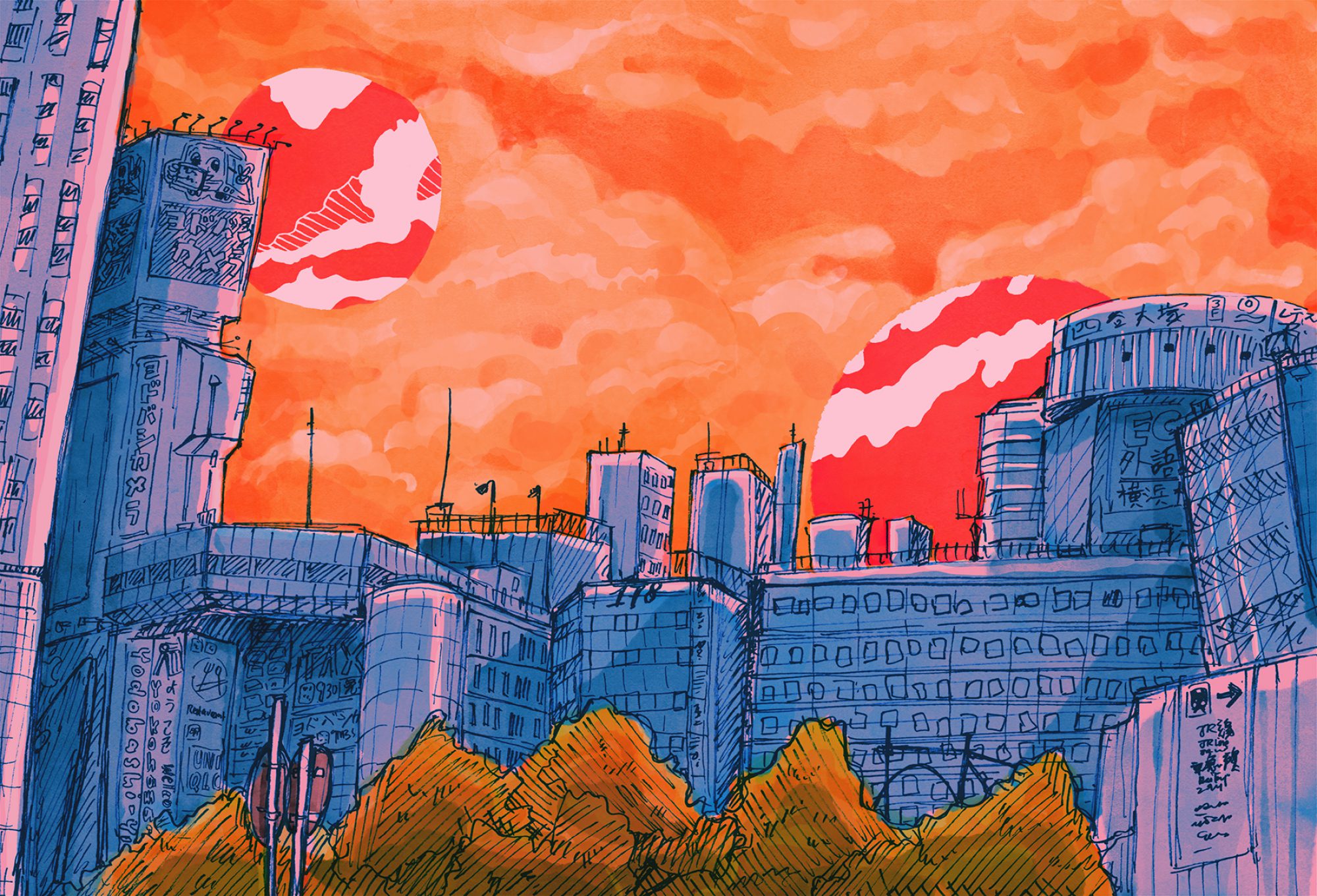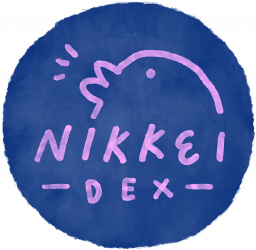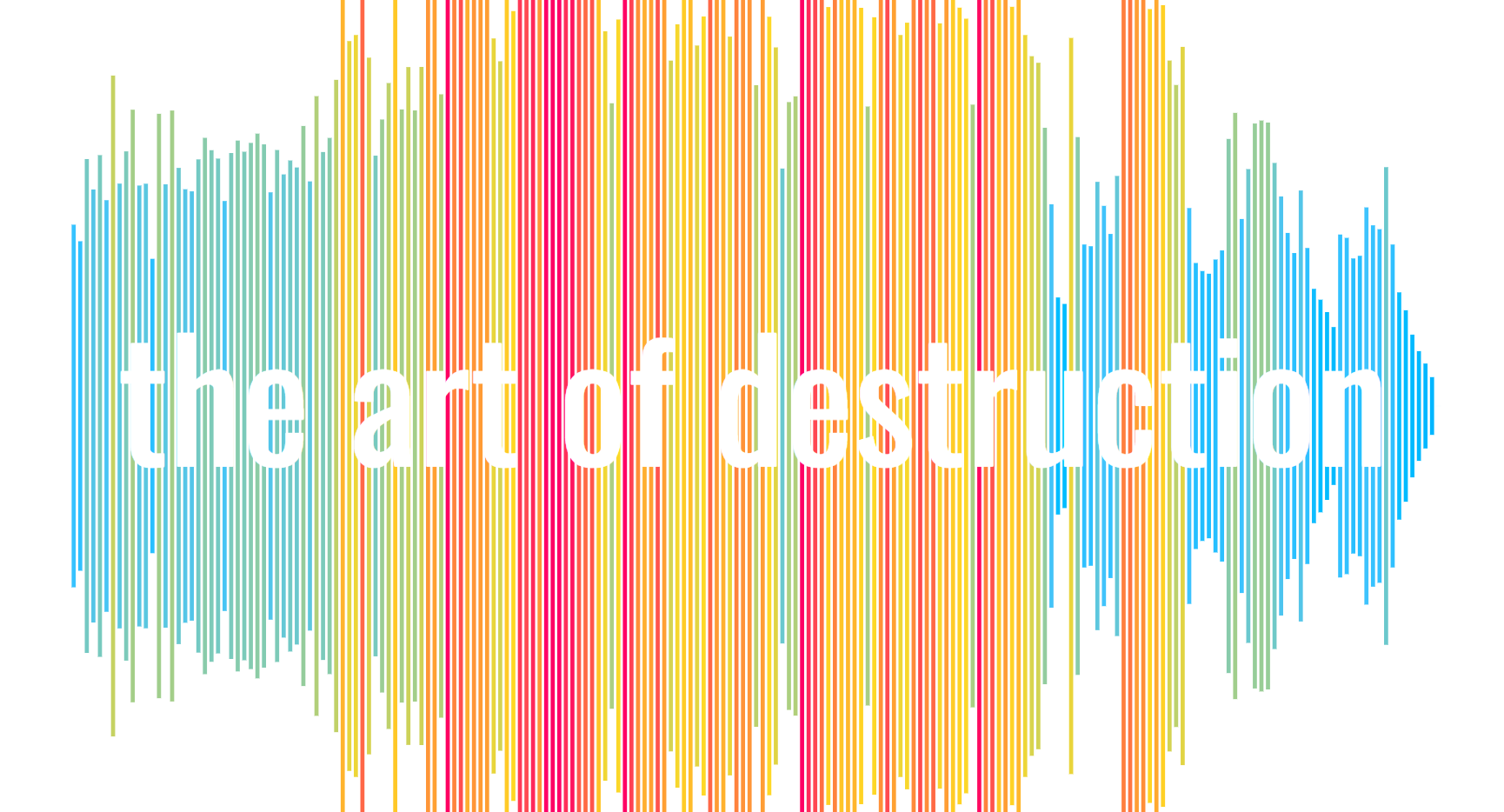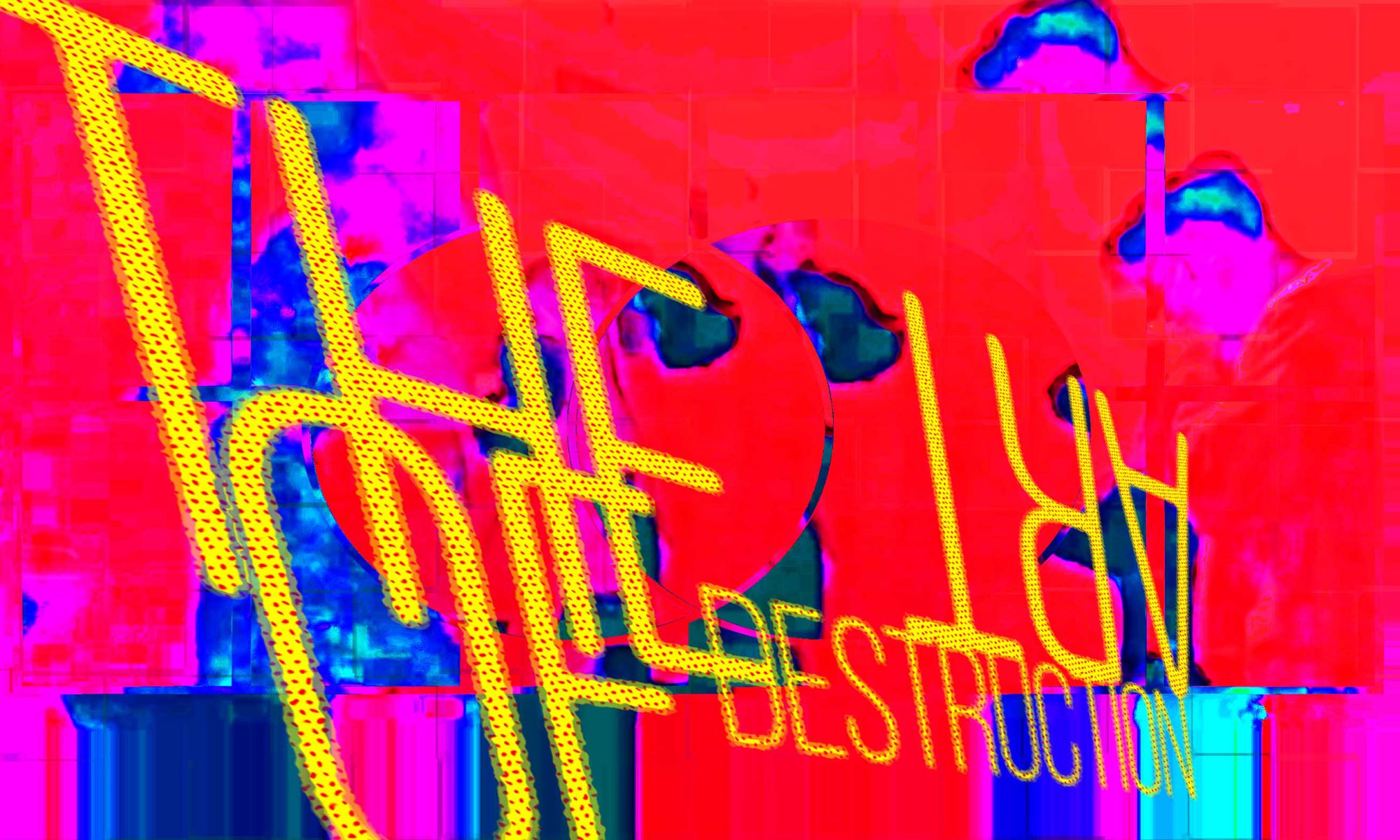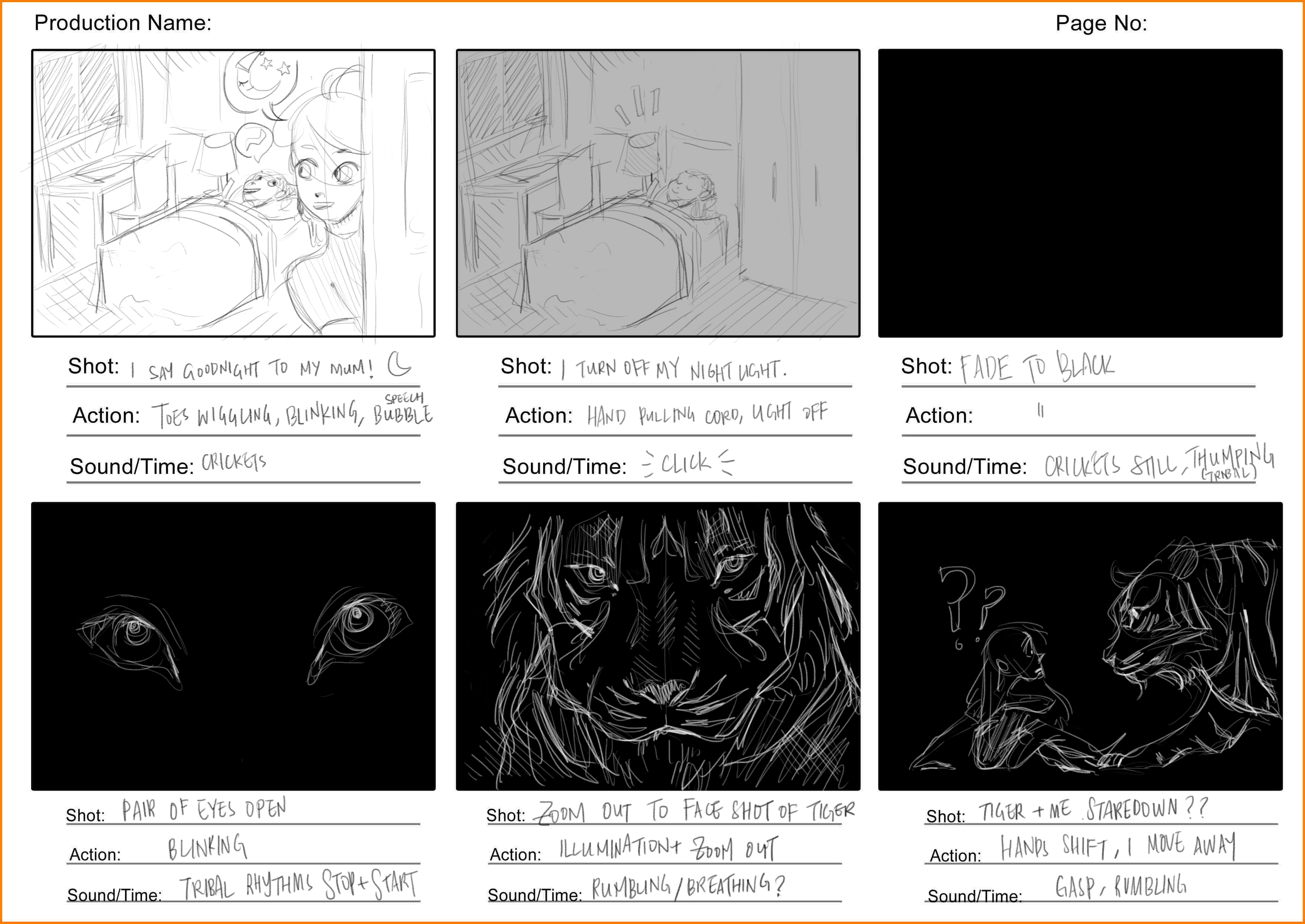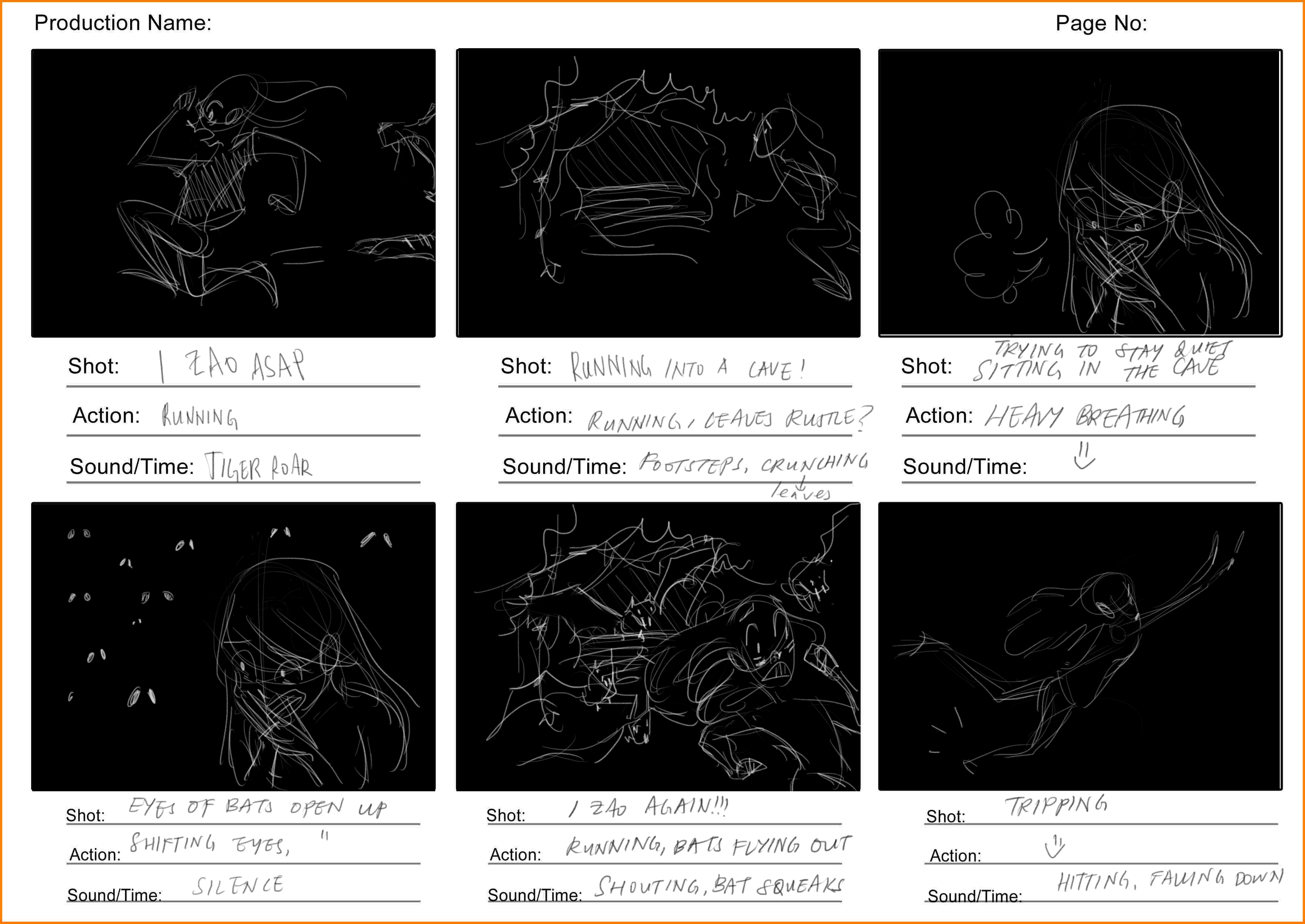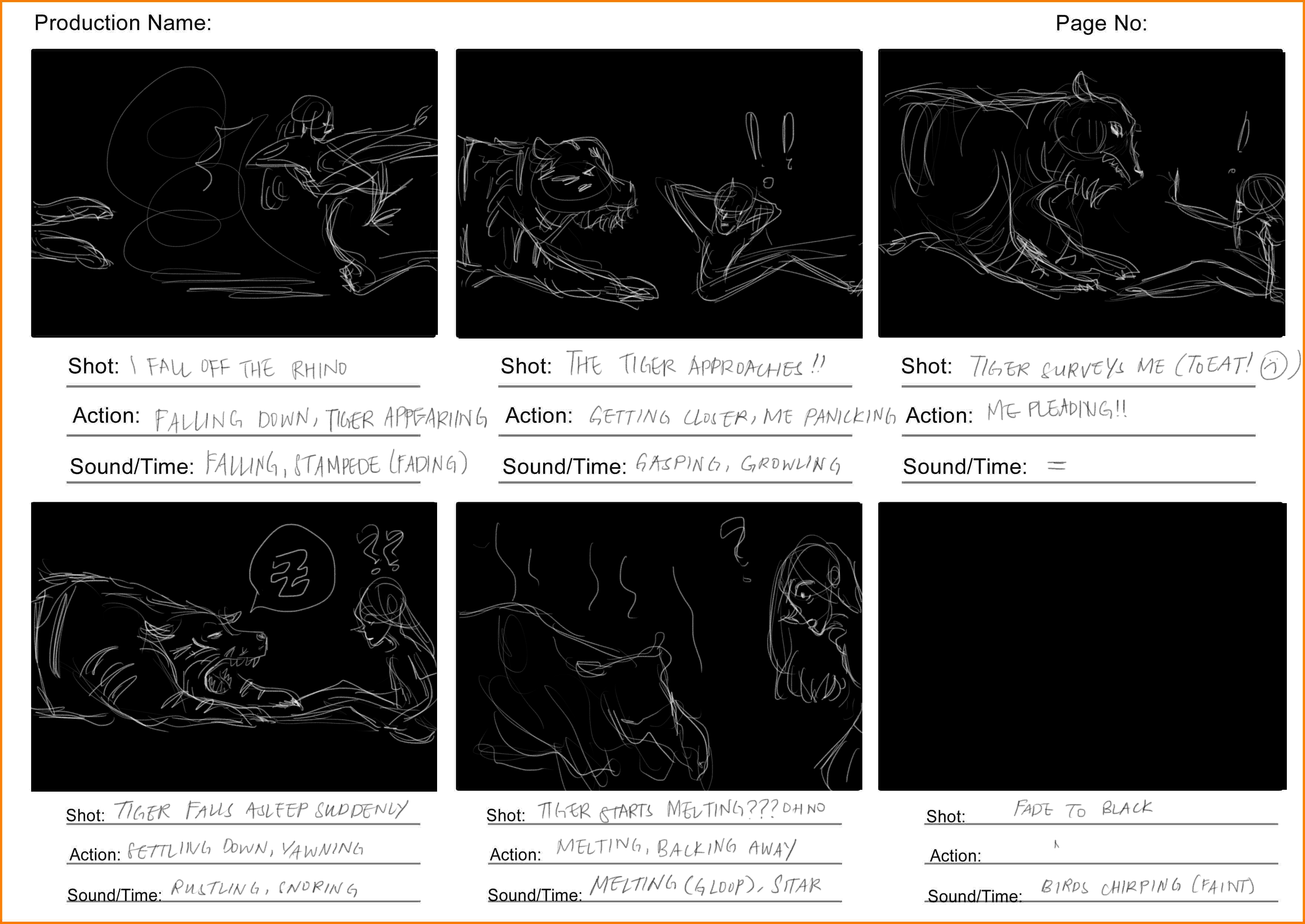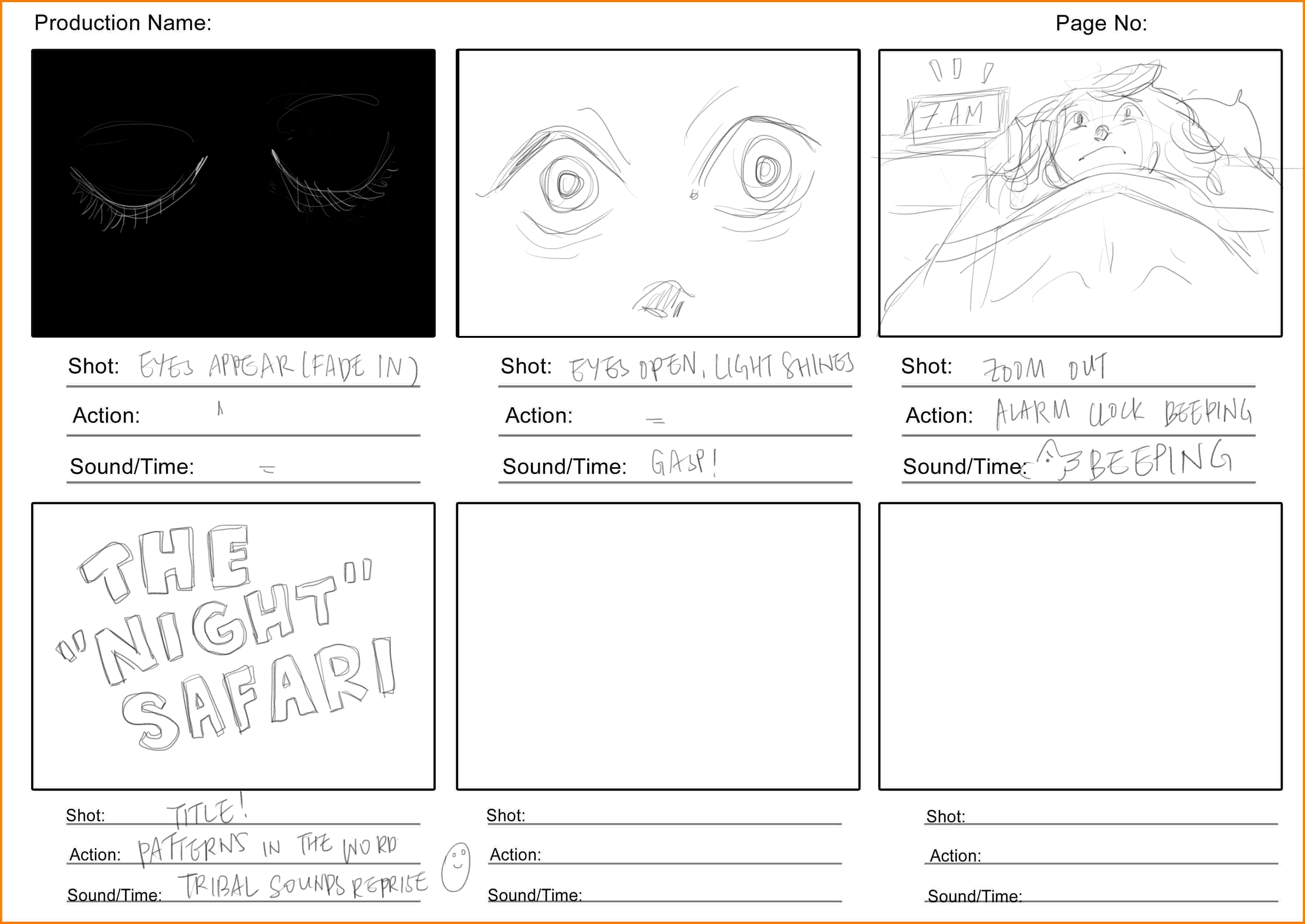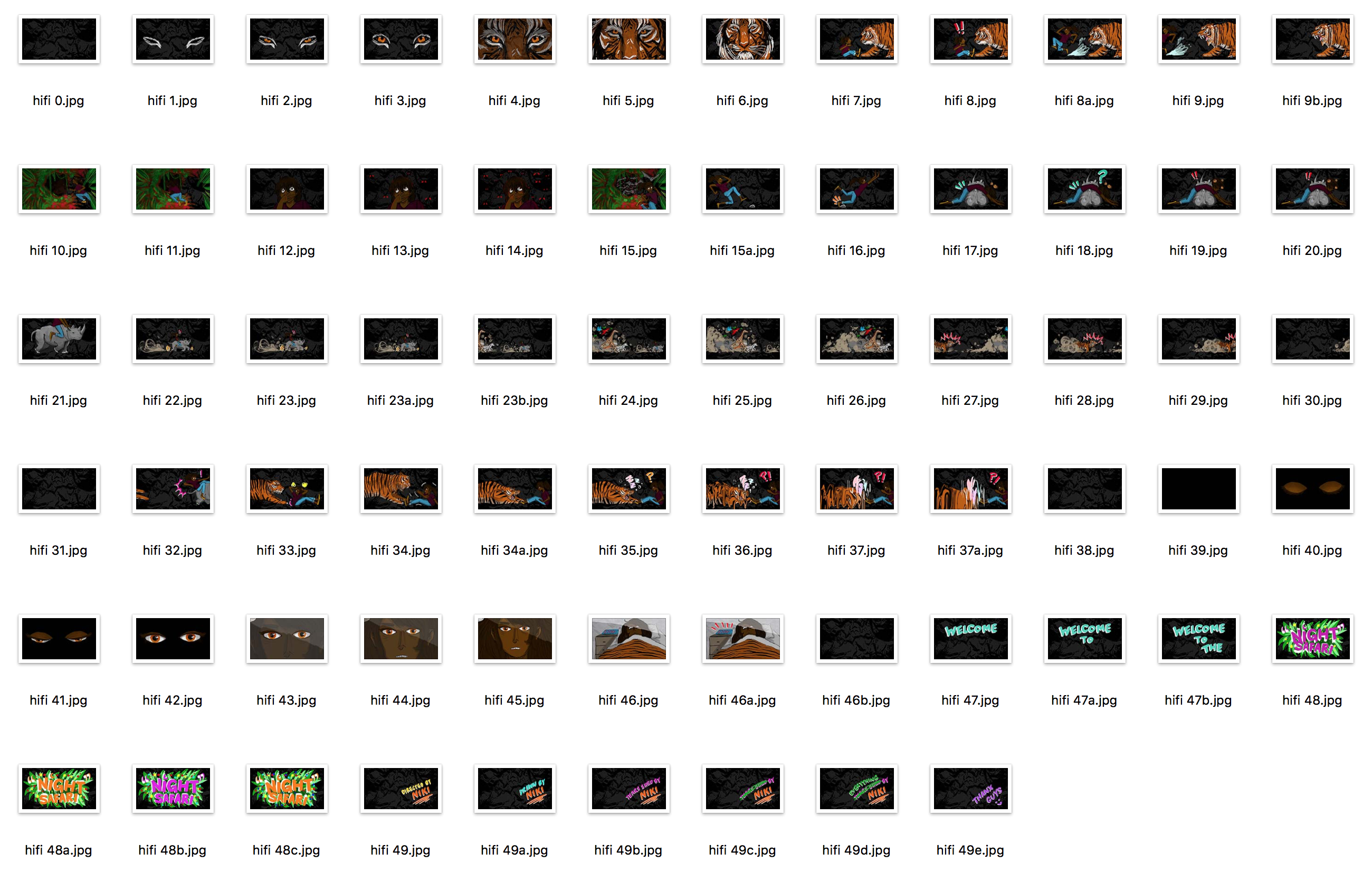My group decided to undertake audio as our main medium for Micro-Project 5, as we didn’t want to repeat the idea with visuals from Micro-Project 4. Initially, we recorded a set of noises, first using our voices singing ‘Happy Birthday’ as a base for the audio. From the beginning we already had the idea of inconsistencies and problems in mind, as when we sang the song, we decided to sing different at pitches and tempos, while covering our ears to block ourselves from hearing the others, so that we would end up with a ‘Happy Birthday’ that sounded way off-tune, unpleasant, and basically what you would never hear at your usual birthday party. This resonates with what Jon Cates mentions in his interview with Hyperallergic, referring to glitch art as “a way to foreground as you say, an aberrance or perversion of normative message or what we might perceive to be logical reasoning”. By twisting around the idea of a happy birthday song, one that everyone is familiar with, we create the basis for our artwork with an already manually ‘glitched’ version of the song that goes against normative expectations.
Initial set of recordings:
Final ‘glitched’ audio:
We took the destruction on step further by using Audacity to manipulate the audio, adding on other sounds that we had recorded within the ADM using everyday objects like bins, doors and water bottles. Repeating the sounds, adding reverb, creating differences in pitch and tempo, adding “Wahwah” — our edits resulted in a haunting, choppy and chaotic audio that sounded unrecognisable compared to our previous sets of recordings. It is unpleasant (a mild way to put it), and would clearly link to the idea presented in Rosa Menken’s Glitch Studies Manifesto: “Here noise exists within the void opposite to what (already) has a meaning. Whichever way noise is defined, the negative definition also has a positive consequence: it helps by (re)defining its opposite”. The disturbing aspects of our audio help to emphasise on perhaps the beauty in the noises in our natural environment (in this case, ADM) that we take for granted everyday. Only when we are faced with an audio that is a perverted form of these noises we start to subconsciously define the uniqueness and pleasant aspects of these ubiquitous sounds. Furthermore, usually when creating music, artists layer sounds and evaluate the harmonious qualities of the music by repeating their audio over and over during the process. However, during our process, we proceeded ‘blindly’, repeating sounds and making adjustments without listening to what the audio sounded like, in order to create something that was truly unexpected and unfamiliar, even to the artists. I personally feel that there is a difference between simply deconstructing, and truly destroying: the purest form of a glitch would be one that is unexpected by literally every living being that may come into contact with it.

Glitch and destruction is certainly a form of artistic expression, perhaps in the most tongue-in-cheek form out there. It aims to remove the notion of what exactly is ‘good art’ by going against the grain in creating artwork that is controversial and passionate. Essentially, I believe that everything that carries meaning and message can constitute artwork. For example, in Chip Lord’s interview in ‘Networked Conversations’, the artwork ‘Media Burn’ is brought up, where Ant Farm involved multiple components like logos, a fake President, brochures and postcards to heighten the realism of their artwork, which brings across the message of retaliating against the media of that era. With that level of detail and effort, they have created iconic works that have expressed messages that ring true and continue to inspire even today.
